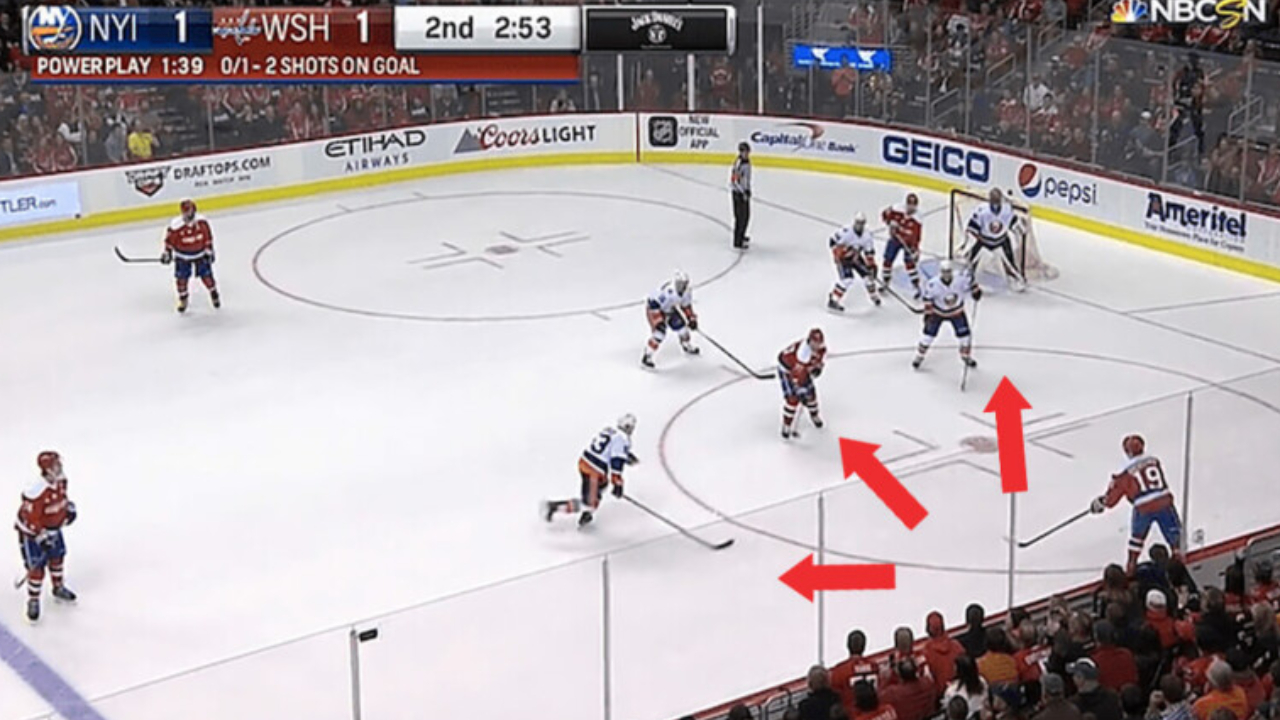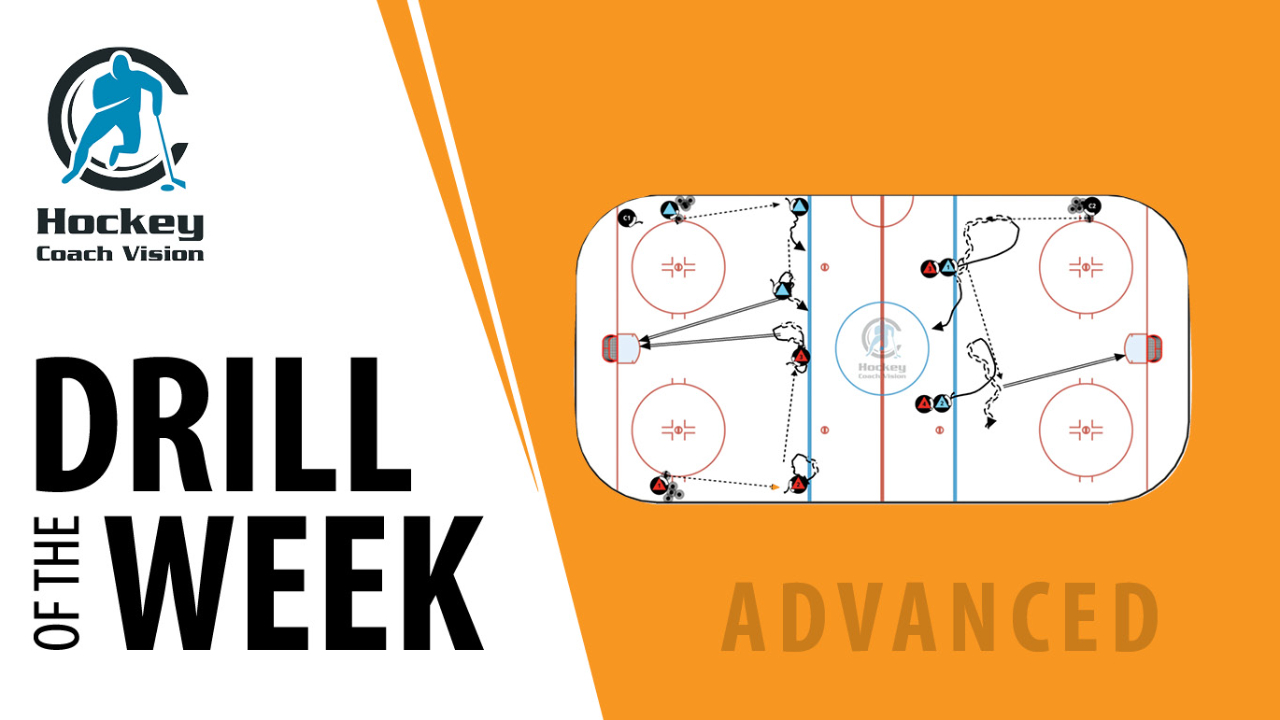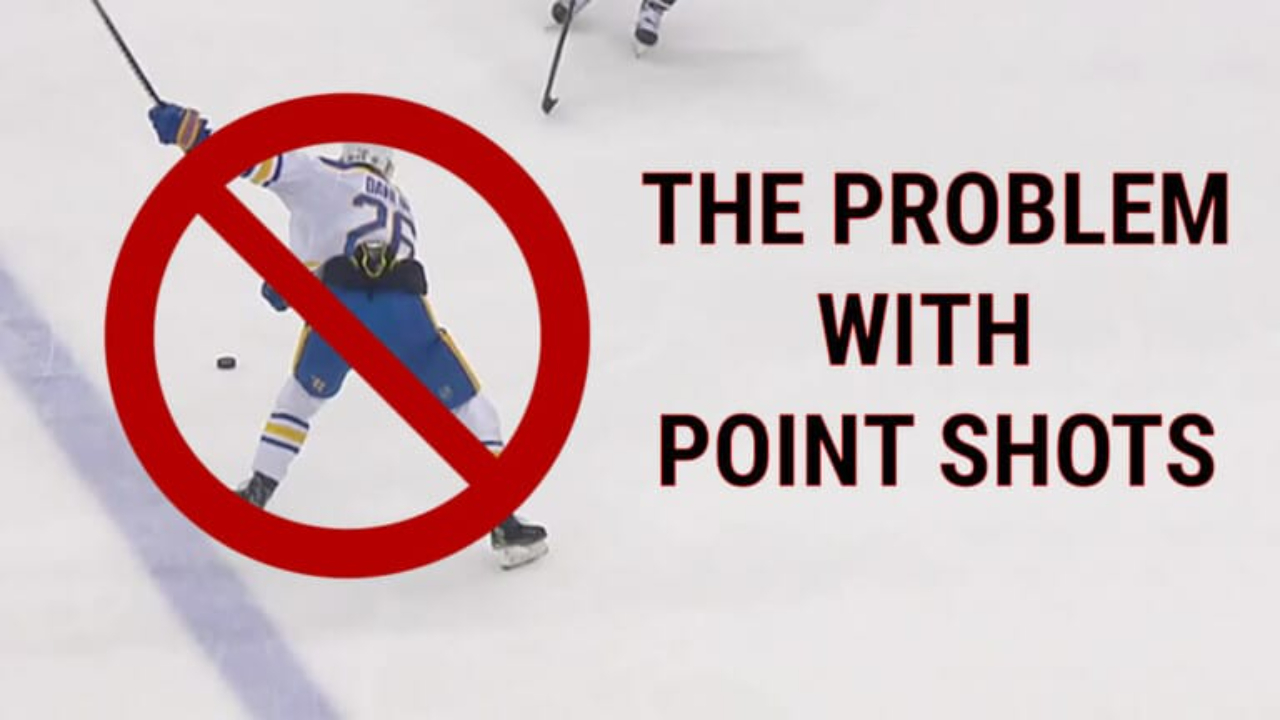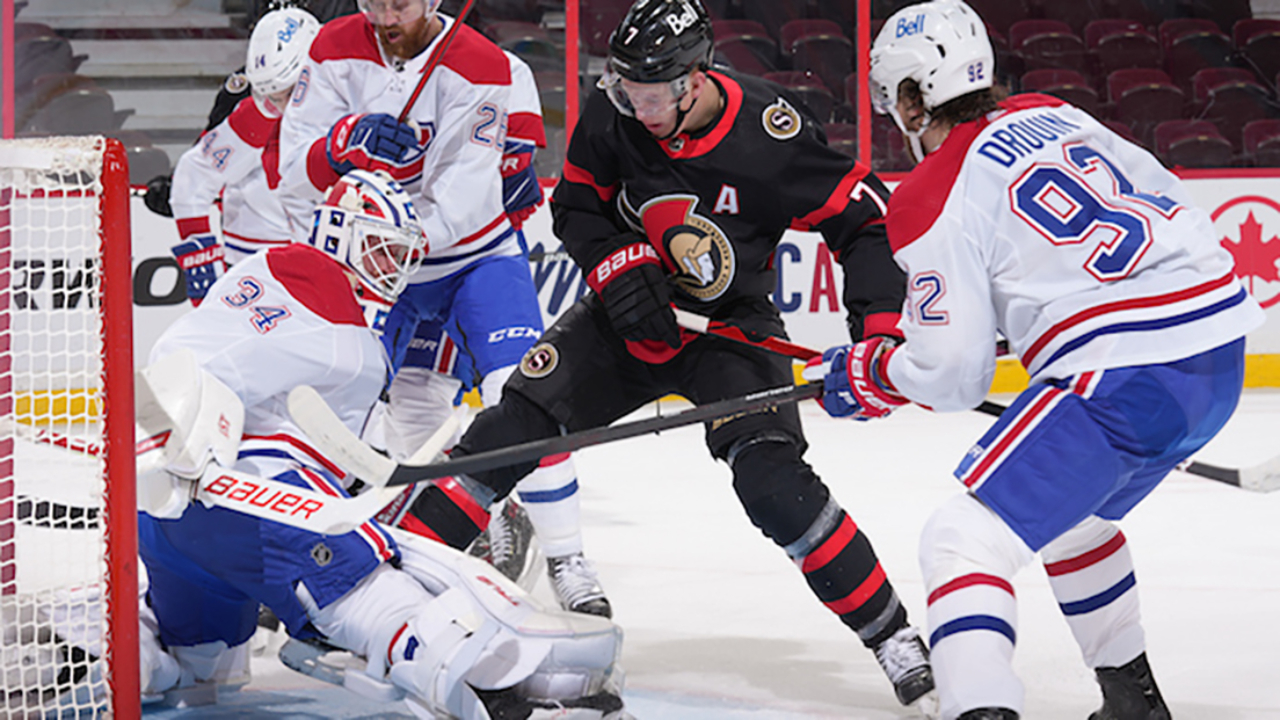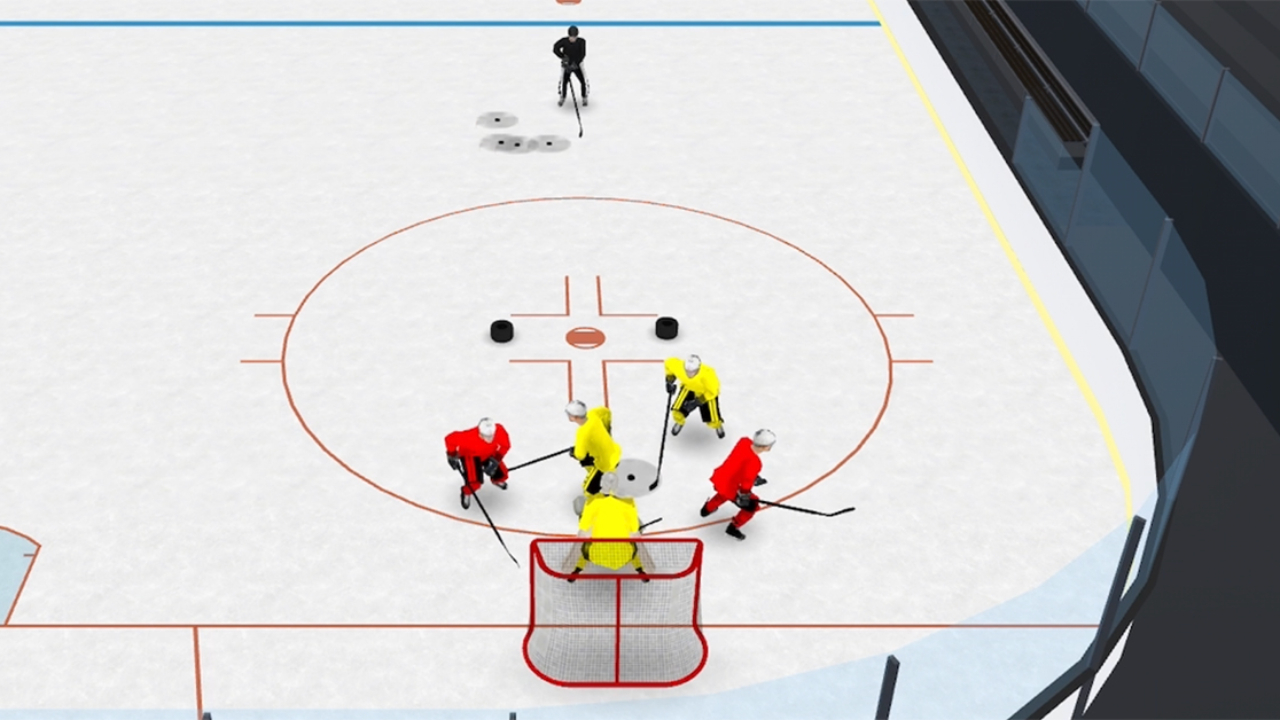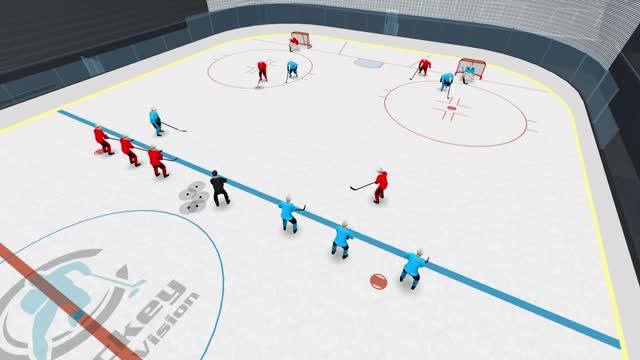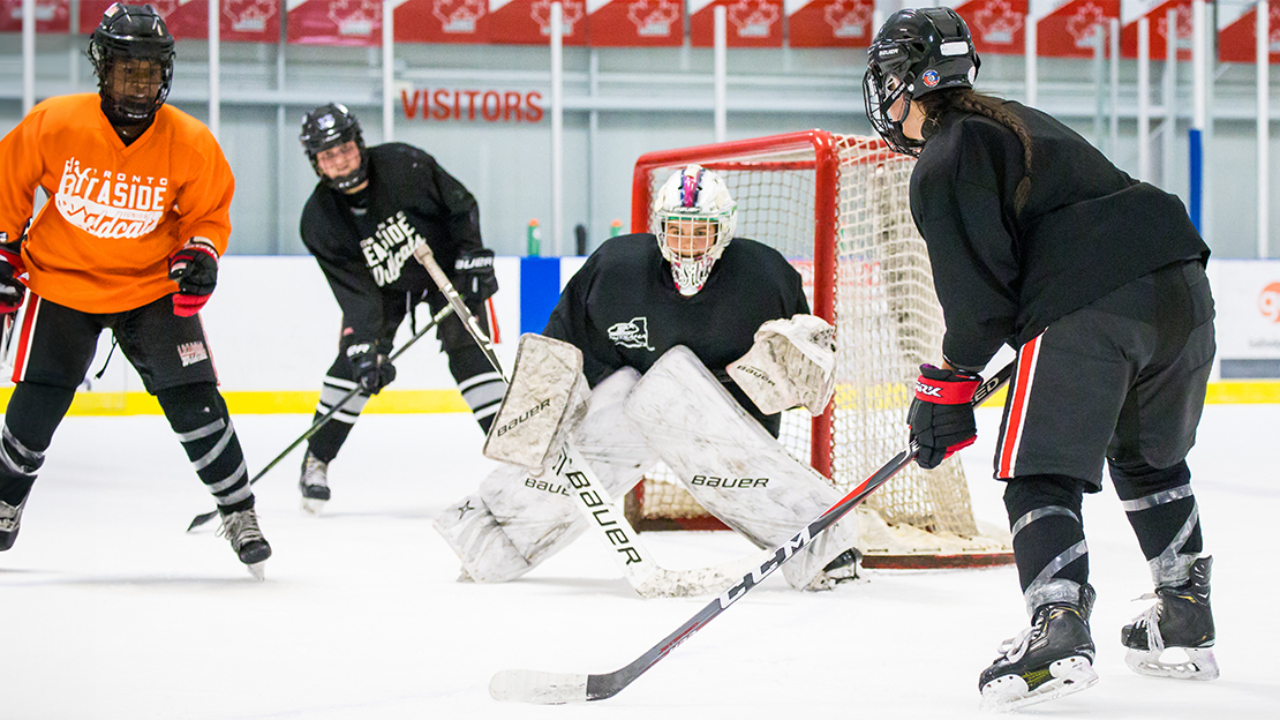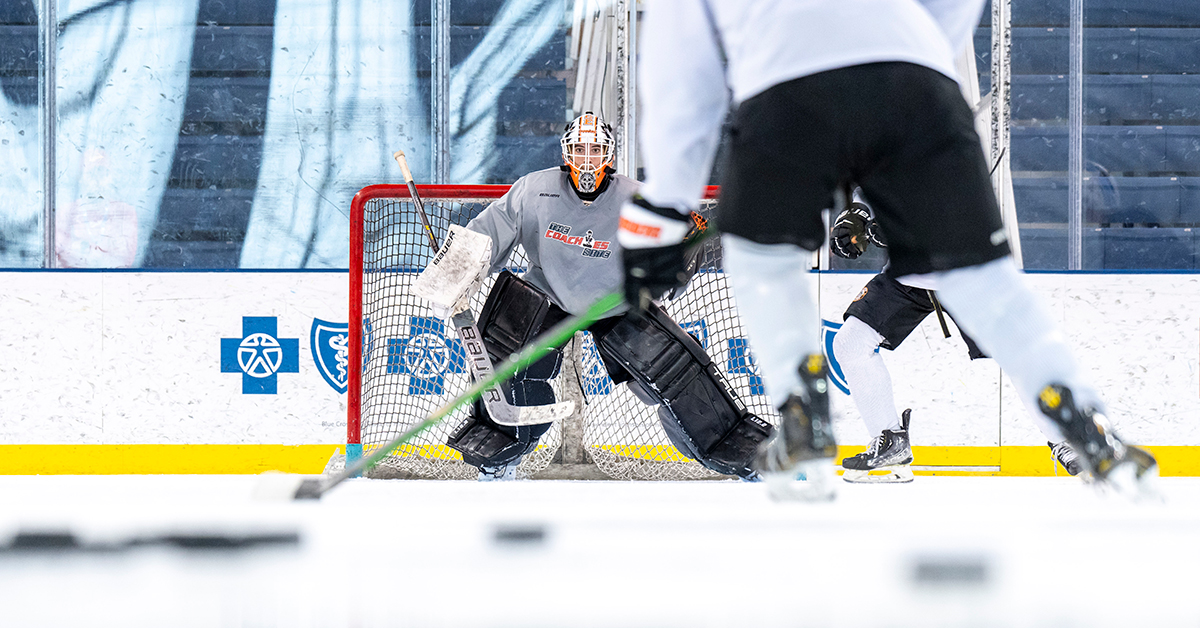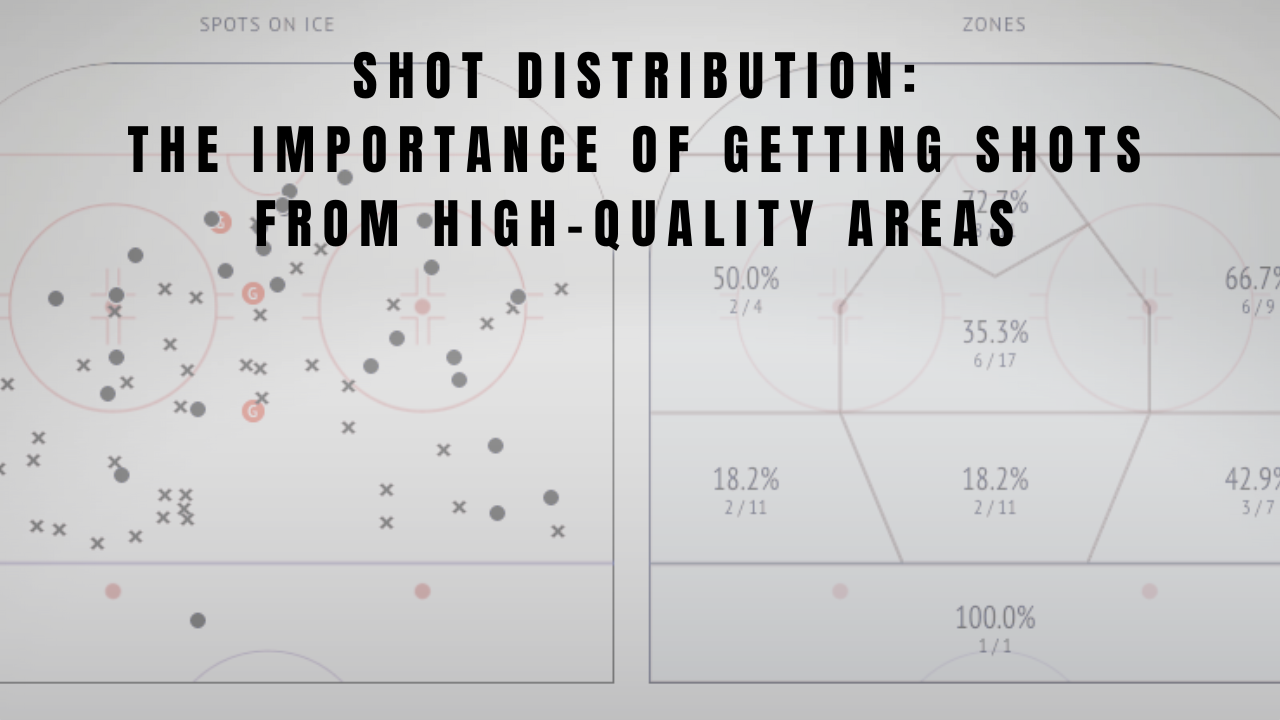
One of the most crucial factors in determining a team's offensive efficiency is not just the number of shots taken, but where those shots come from. In a tight game, not all shots are created equal. The real key to scoring goals lies in creating offensive chances and shots from high-quality areas—those dangerous spots close to the net that give shooters the best chance of scoring. These areas, such as just outside the crease, the slot, and the high slot, are more difficult to generate shots in but yield a higher percentage of effective scoring chances.
In the recent 4 Nations Face-Off championship game, Team USA and Team Canada each generated shots and significant scoring chances from all areas of the offensive zones, but all five goals were scored from just in front of the net, including the thrilling overtime winner for Canada. The shot maps and goal videos below give interesting insights into how all five goals of the game came from high-percentage areas and reinforce the critical importance of shot location in goal-scoring success.
Shot Locations and the Importance of High-Quality Areas
Generally speaking, high-quality shot locations in hockey are generally considered to be the crease, the slot, and the high slot. These areas are where the majority of goals are scored because they provide shooters with a higher likelihood of a successful shot, either due to the angle, proximity to the net, or the opportunity to beat the goaltender before they can react fully. Let’s break down the importance of these areas:
-
Crease: The area right in front of the net, often occupied by the goaltender. Shots taken here are highly difficult to defend against, especially if they are made quickly or from an unexpected angle. The goaltender is usually engaged with traffic or trying to move laterally to adjust to a shot.
-
Slot: This area extends from the top of the crease to the top of the faceoff circles. It is often referred to as the "danger zone" because it is directly in the line of sight of the goaltender and typically contains little defensive pressure, especially if there are offensive players positioned around the crease to create screens or deflections.
-
High Slot: Just outside the slot, this area is still highly productive for goal-scoring opportunities, as illustrated by the game winning OT goal by Canada. Players here typically have more time and space to pick their shots, especially with strong passing and support from teammates.
When a team consistently gets shots from these areas, it increases its chances of not only hitting the net, but also converting those “high percentage” shots into goals. Conversely, shots taken from outside the perimeter (such as from the blue line or along the boards) are much less likely to hit the net and result in goals and are often considered "low-percentage" shots.
Shot Maps and Analysis: USA vs Canada
During the championship game between Team USA and Team Canada, shot maps provide a clear picture of the areas from which the teams generated their chances. All five goals scored (three by Canada and two by the USA) came from those high-danger areas, emphasizing just how critical shot location is to success. As you’ll see in the shot maps below, a missed shot is designated with an ‘X”, a shot on net is designated with a “O”, and a goal is designated with the red “G”. You can also see the percentage of shots on net vs missed shots in the right shot map. Video of each goal from the championship game can be seen in the video at the bottom of this article.
Canada's Goals
-
Goal 1: Scored by a Canadian forward from the crease after a rebound off the goalie’s pad. This is the type of goal that showcases the importance of getting to the net and maintaining presence in the crease area. The rebound was uncontested, and the forward had an easy tap-in for a goal. Good things happen when you go to the net.
-
Goal 2: Scored by a Canadian player from the low slot, just off the center to the shooter's left of the goalie. A quick transition off of a giveaway lead to a clean zone entry. The puck carrier attacekd the middle, which caused the defenseman to collapse on him in the center, which resulted in the supporting forward to drive into open space, receive a quick pass, and score from close range just off the crease
-
Goal 3 (OT Winner): In overtime, the Canadian player received a pass in the high slot and fired a quick wrist shot that beat the USA goaltender. This goal was a prime example of the value of finding space in the high slot just above the typical area the defender is comfortable in and exploiting a defensive breakdown when two players pressured the puck carrier in the corner, leaving a player open in the high slot area.
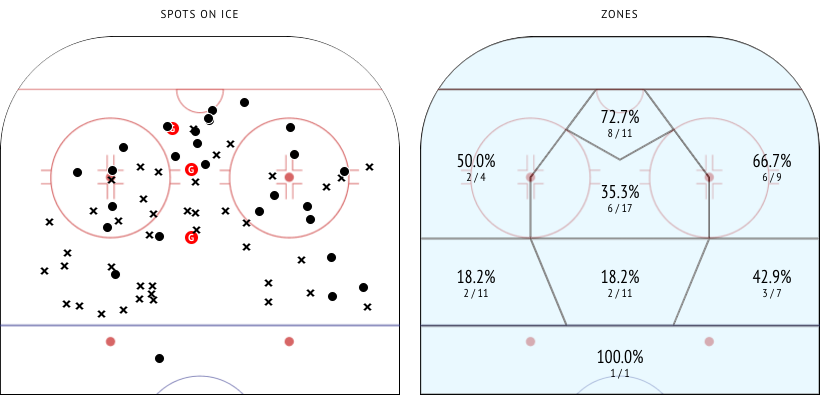
USA’s Goals
-
Goal 1: Scored by a USA forward off a scramble in front of the crease. This was a direct result of driving the net to attack the middle, being in the right place at the right time, and capitalizing on a rebound in front of the net.
-
Goal 2: The USA’s second goal came from the center slot areaoff of a rebound. Again, this highlights the critical importance of shooting from areas where you can get it to the net and then crashing the high-danger zone to generate a high-quality shot off the rebound.
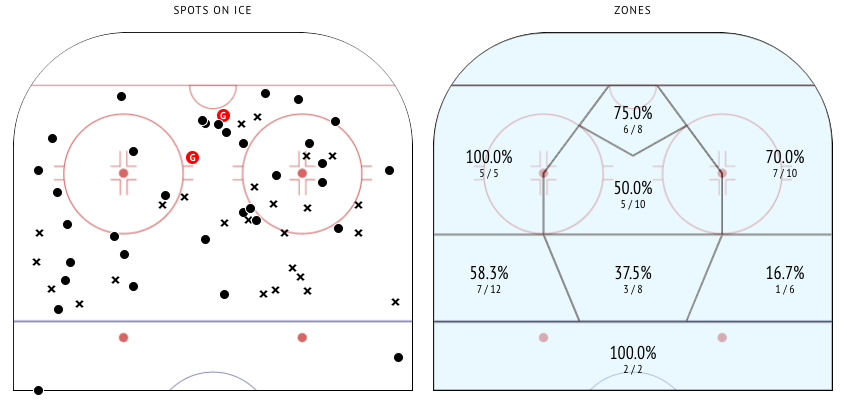
Shot Conversion Rates and Correlation with Success
Shot location plays a significant role in the overall efficiency of a team’s offense. In terms of shot conversion rates (the percentage of shots that result in goals), shots from high-danger areas like the crease and slot have a much higher likelihood of becoming goals. According to data from various hockey analytics sources, the average shooting percentage for shots taken from the slot can range from 10-15%, while shots from the perimeter tend to have a shooting percentage closer to 2-4%. Additionally, the shot maps from this game reinforce the higher percentage of shots that hit the net from the high-danger areas vs the shots that miss from the low-percentage perimeters.
In this game, we saw both teams generating shots from these high-danger areas, and the result was that all five goals came from the most dangerous spots in the middle of the ice. The conversion rates for both teams reflect the importance of getting those shots off from in-close, rather than relying on long-range efforts from the point or from the perimeters.
Key Takeaways
-
Get to the Net: Whether through a rebound, a pass in front of the net, or a quick release from the slot or high slot, being in the right position near the crease is essential for converting chances into goals, both on the powerplay and at even strength.
-
High-Quality Shots Lead to Higher Conversion: The data from this game clearly shows that shots from the slot, crease, and high slot result in far higher shooting percentages than shots taken from the perimeter or blue line. While it is more difficult to generate shots in these areas, teams that are able to penetrate the middle and generate chances from these areas are much more likely to find success.
-
Offensive Zone Play Matters: The game-winning goal for Canada came in the high slot, which speaks to how offensive zone play—specifically getting shots from dangerous areas—is critical in tight, high-stakes games like this one. Teams that prioritize getting to the slot and generating high-percentage shots over relying on high volume, low-percentage shots have the advantage. Quality over quantity.
-
Shot Maps Tell the Story: The visualization of shots through the shot maps illustrates where opportunities were created and how both teams capitalized on high-danger chances. In this championship game, it was clear that both teams were shooting from the right places, but Canada was just slightly more successful in generating those critical chances when it mattered most.
-
Simplify the Message: When coaching your own team or players, keep this message simple and don’t overcomplicate it with statistics. For example, when I work with my son’s 10u team we consistently stress “attacking the middle” and “protecting the middle”. Messaging to my college players is surprisingly similar to that used with the 10u, but the depth of details after the initial message allows for older players to work through additional nuances and subtleties of their gameplay.
The 4 Nations Face-Off championship game between the USA and Canada proves that while possession and shot volume are important, where you shoot from can make all the difference. A team that consistently challenges the center of the ice and generates shots from the high-danger areas has a much higher likelihood of scoring and winning. As we saw in this historic 3-2 overtime win for Canada, both teams were able to generate scoring chances from the high-danger areas and Canada was able to take advantage of a scoring chance from this area with the winning OT goal.
Watch all goals here:

